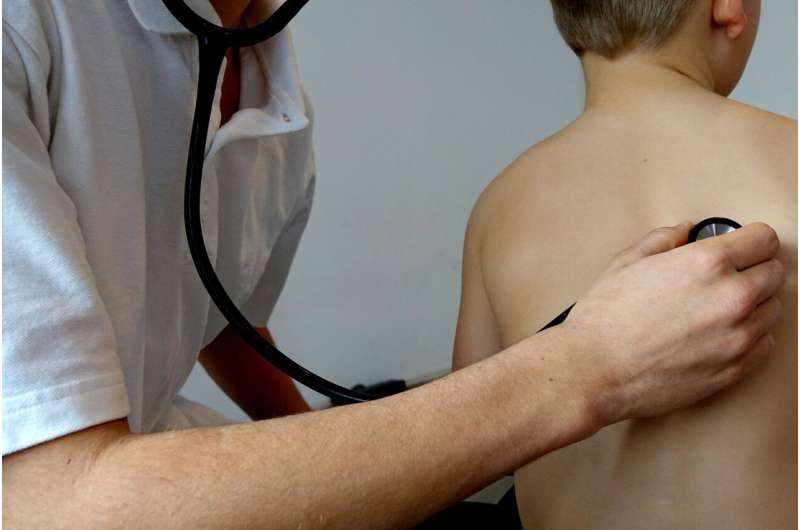Public Health Research Highlights Vaccines' Role in Preventing Childhood Hearing Loss

Recent studies suggest that vaccines play a crucial role in preventing hearing loss in children, highlighting the need for broader immunization efforts and further research. Learn how vaccination can help protect auditory health worldwide.
A comprehensive review conducted by researchers from the University of Montreal's School of Public Health and other institutions has shed light on the potential of vaccines to prevent hearing loss in children and adolescents. While over 1.5 billion individuals globally experience some form of hearing impairment—often associated with aging—many cases stem from infections acquired during childhood and adolescence, many of which are preventable through vaccination.
The study emphasizes that in low- and middle-income countries, where access to hearing health services is limited, preventing these infections could significantly reduce the prevalence of hearing loss. The World Health Organization estimates that around 60% of childhood hearing impairments could be avoided with proper public health strategies such as immunizations.
The research team reviewed the scientific literature to identify how vaccines against 26 infectious agents—ranging from viruses like measles, rubella, and mumps to bacteria causing meningitis—could play a role in preventing hearing damage. For example, rubella and mumps are known to cause sensorineural hearing loss, while bacteria like Haemophilus influenzae, Streptococcus pneumoniae, and Neisseria meningitidis can lead to meningitis-related deafness.
Despite the promising connections, the team found a scarcity of empirical data. Only nine relevant studies over 40 years, focusing mainly on rubella, mumps, and pneumococcus, were available, and all were conducted in high-income countries. This highlights a gap in research, especially in evaluating how vaccines might protect against hearing loss beyond their primary purpose.
The evidence from existing studies indicates that vaccination programs—such as MMR (measles, mumps, rubella)—have effectively reduced cases of congenital deafness, showcasing the importance of immunization in safeguarding hearing health. However, results from some trials on pneumococcal vaccines showed no significant impact, possibly because middle ear infections like serous otitis media do not necessarily cause permanent hearing damage.
The researchers advocate for increased awareness of the additional benefits vaccines provide, including hearing loss prevention. Incorporating hearing health outcomes into vaccine evaluations and promoting equitable immunization access could be vital, especially in resource-limited settings. Such efforts can help reduce vaccine hesitancy and reinforce immunization as a tool not just for saving lives but also for preserving quality of life by preventing disabilities like hearing loss.
In summary, expanding vaccination coverage and conducting more targeted research could substantially decrease the global burden of preventable hearing impairment in children, transforming public health outcomes worldwide.
Stay Updated with Mia's Feed
Get the latest health & wellness insights delivered straight to your inbox.
Related Articles
Genetic Circuit Insights Reveal How Cells Migrate in Aggressive Brain Cancer
New research uncovers how the YAP-TRIO genetic circuit drives cell migration in glioblastoma, offering potential targets for therapy and better prognosis tools.
Lasso-LR Model Identified as Best Predictor for AKI Mortality in Alcoholic Cirrhosis Patients
A groundbreaking study reveals that the Lasso-LR machine learning model is highly effective in predicting mortality risks for patients with alcoholic cirrhosis and severe AKI, aiding personalized treatment strategies.
Children's Risk of Long COVID Doubles After Second COVID-19 Infection
A new large-scale study reveals that children are at more than twice the risk of developing long COVID after a second infection, underscoring the importance of prevention through vaccination and health measures.
Large Study Finds Statins Significantly Reduce Death Risk in Critical Sepsis Patients
A large cohort study reveals that statin therapy may lower the risk of death by 39% in critically ill sepsis patients, highlighting a promising adjunct treatment option. Learn more about the potential benefits of statins in sepsis management.



